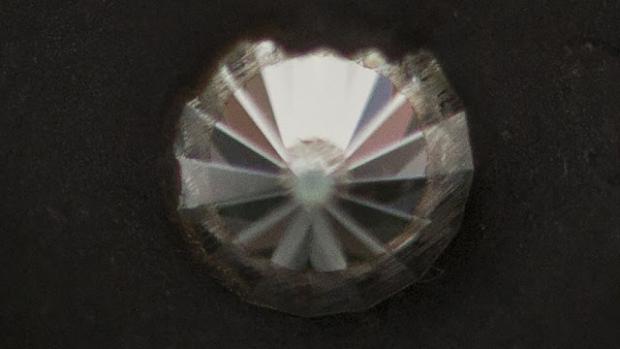
Breaking News
 HOLY SH*T! Netanyahu is in full PANIC mode...
HOLY SH*T! Netanyahu is in full PANIC mode...
 Implantable heart patch seals holes and regenerates tissue
Implantable heart patch seals holes and regenerates tissue
 Interview 1970 Rabbits With Tentacles Tick All The Boxes (NWNW #602)
Interview 1970 Rabbits With Tentacles Tick All The Boxes (NWNW #602)
 BREAKING: USDA halts taxpayer-funded solar panels on farmland--protecting food security...
BREAKING: USDA halts taxpayer-funded solar panels on farmland--protecting food security...
Top Tech News
 Video Games At 30,000 Feet? Starlink's Airline Rollout Is Making It Reality
Video Games At 30,000 Feet? Starlink's Airline Rollout Is Making It Reality
 Automating Pregnancy through Robot Surrogates
Automating Pregnancy through Robot Surrogates
 SpaceX launches Space Force's X-37B space plane on 8th mystery mission (video)
SpaceX launches Space Force's X-37B space plane on 8th mystery mission (video)
 This New Bionic Knee Is Changing the Game for Lower Leg Amputees
This New Bionic Knee Is Changing the Game for Lower Leg Amputees
 Grok 4 Vending Machine Win, Stealth Grok 4 coding Leading to Possible AGI with Grok 5
Grok 4 Vending Machine Win, Stealth Grok 4 coding Leading to Possible AGI with Grok 5
 Venus Aerospace Hypersonic Engine Breakthroughs
Venus Aerospace Hypersonic Engine Breakthroughs
 Chinese Scientists Produce 'Impossible' Steel to Line Nuclear Fusion Reactors in Major Break
Chinese Scientists Produce 'Impossible' Steel to Line Nuclear Fusion Reactors in Major Break
 1,000 miles: EV range world record demolished ... by a pickup truck
1,000 miles: EV range world record demolished ... by a pickup truck
 Fermented Stevia Extract Kills Pancreatic Cancer Cells In Lab Tests
Fermented Stevia Extract Kills Pancreatic Cancer Cells In Lab Tests
Hexagonal diamond Lonsdaleite created in Australia and it is 58% harder than...

ANU Associate Professor Jodie Bradby said her team - including ANU PhD student Thomas Shiell and experts from RMIT, the University of Sydney and the United States - made nano-sized Lonsdaleite, which is a hexagonal diamond only found in nature at the site of meteorite impacts such as Canyon Diablo in the US.
"This new diamond is not going to be on any engagement rings. You'll more likely find it on a mining site - but I still think that diamonds are a scientist's best friend. Any time you need a super-hard material to cut something, this new diamond has the potential to do it more easily and more quickly," said Dr Bradby from the ANU Research School of Physics and Engineering.
Her research team made the Lonsdaleite in a diamond anvil at 400 degrees Celsius, halving the temperature at which it can be formed in a laboratory.

 3D printing set to slash nuclear plant build times & costs
3D printing set to slash nuclear plant build times & costs

